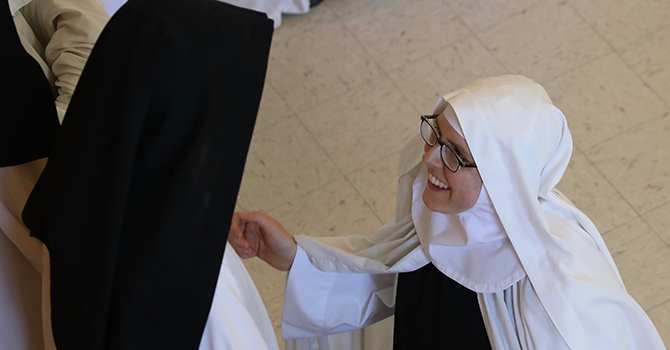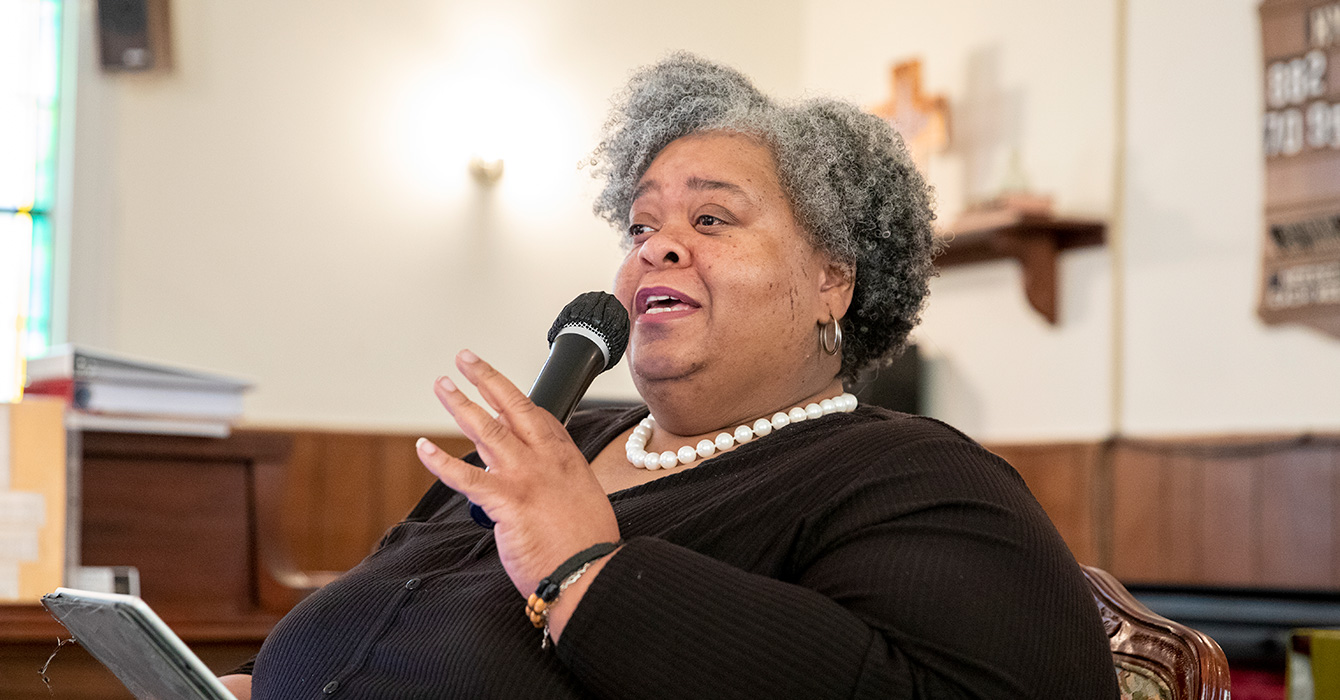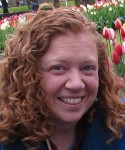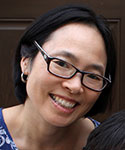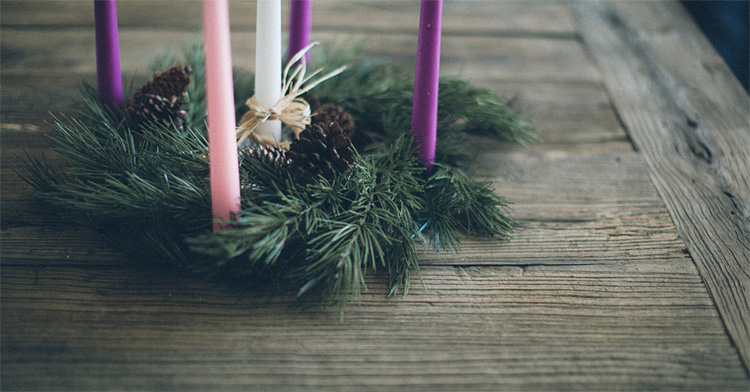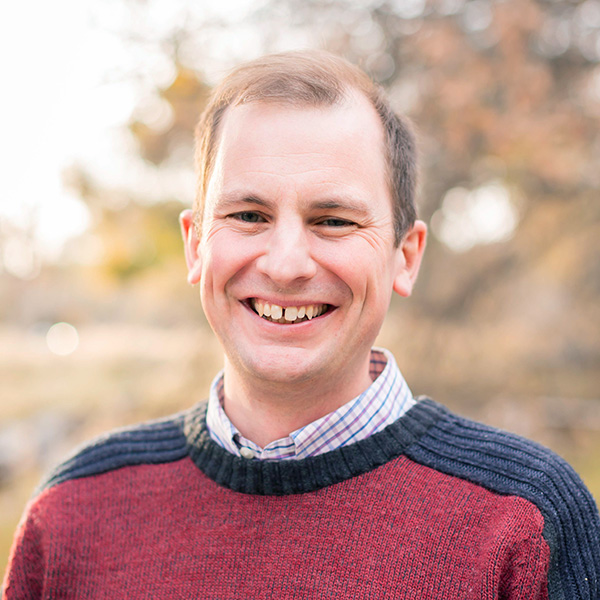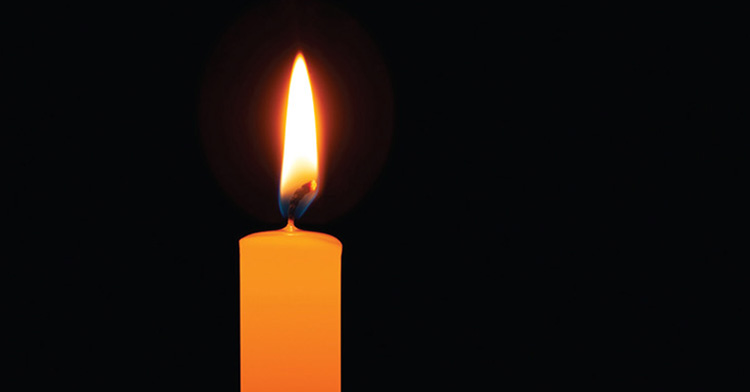The rite began with a question: “What do you ask?”
The reply: “The mercy of God and of the Order.”
Midmorning on a Saturday in May, Sister Mary Joanna Casanova, 31, spoke those very words. It was the start of a ceremony in which she would make a final, solemn promise, dedicating her life to Jesus as a cloistered nun. After eight years at Valley of Our Lady Monastery, a Catholic Cistercian community in Prairie du Sac, Wisconsin, Sister Joanna formally asked to become a permanent member of the convent.
In an era when many young people -- both Catholic and Protestant -- are fleeing the church, the vows, taken in what is called a rite of solemn profession, are increasingly rare. Today, fewer women become nuns and fewer still commit themselves to the ancient communal religious life known as contemplative monasticism.
The number of religious sisters in the United States has dropped every year since 1970, decreasing overall by 72 percent -- from nearly 170,000 in 1970 to 45,600 in 2017, according to the Center for Applied Research in the Apostolate at Georgetown University.
The women of Valley of Our Lady Monastery are an exception to that trend.
Their community, one of the few Cistercian monasteries in the United States, has grown in recent years. Although their numbers are not huge, the convent is nearly at capacity, attracting a handful of millennials who have left behind degrees and career paths to live a life of prayer.
Sister Joanna joined 18 other nuns, including Sister Christina Marie, 34, a former entomologist, Sister Mary Benedicta, 37, who studied to be an aeronautical engineer, and Sister Mary Bede, 31, a would-be professional violinist.
Sister Joanna, whose birth name is Katherine, grew up in Eden Prairie, Minnesota, and entered Valley of Our Lady soon after graduating from college. She had wanted to be a nun ever since she was 4, and in college she decided to enter a contemplative, cloistered order rather than one whose members work in the world. Bringing a modern twist to an ancient vocation, she found Valley of Our Lady online.
The Cistercian Order, of which Valley of Our Lady is a part, was established by medieval Benedictine monks in 1098 in the French village of Citeaux -- in Latin, “Cistercium” -- hence the Cistercian name. In 1957, six nuns from a Cistercian convent in Switzerland founded the monastery in Wisconsin, naming it in honor of the city where their home convent is located, Frauenthal, which translates to “valley of our lady.”
Today, the convent encompasses several buildings on 112 acres of farmland about seven miles outside Prairie du Sac, a town of about 4,000. But as traffic increases in the area and the monastery reaches capacity, the nuns hope to build and relocate to a new monastery in an even more rural area, about 40 miles away. They plan to start raising money soon for the new monastery, which will house 30 sisters and be located on 200 acres near Brigham, Wisconsin, population 800.
Where and how did you find your sense of vocation?
The mystery of vocation
The first time she visited Valley of Our Lady, Sister Joanna knew immediately that she had found what she had been searching for, she said.
“I thought, ‘This is it.’ No more questions, nothing,” she said. “It was an interior conviction. I felt an immense peace, an immense joy.”
Vocation, she said, is a mystery that cannot be described: “You just know.”

She entered the monastery in 2010 as a “postulant,” a one-year, probationary role that gives a taste of convent life. She then became a “novice,” receiving a white religious habit and a new name. A year later, she professed temporary vows and entered into a prolonged period of discernment in which she and the community would determine whether she was called by God to make her final, solemn vows -- for life.
Every Cistercian sister sheds her first name and is given a new one, always including a form of the name “Mary.” Each woman can request a name, but ultimately the monastery’s superior chooses what the sister will be called. Sister Joanna requested the feminized version of “John,” after John the Baptist.
Although Sister Joanna knew instantly that Valley of Our Lady was where she wanted to be, she didn’t realize the full scope of convent life until later. It is a distinctly austere way of living, one that is not well understood by the outside world.
But in an age when social media, career advancement and general busyness can overwhelm daily life, the simplicity of the Cistercian lifestyle is attractive for many young women, said Sister Mary Bede, who, as novice mistress, works with sisters in the years leading to their permanent vows.
“People are more and more finding that busyness doesn’t satisfy our hearts,” she said. “We can distract ourselves, but only to a certain extent. There is this longing for something deeper. Even as the culture becomes more and more crazy, more and more people are realizing that’s not the right way.
How does your church provide opportunities for depth? What traditions does it still embrace?
“So these young people want the real thing -- they’re looking for religious communities that have kept the habit, kept the traditions, kept the Gregorian chant.”
Life of solitude and silence
The sisters live and work in nearly complete solitude in buildings and areas that are closed to the public except on rare occasions. After Sister Joanna’s profession ceremony, for example, guests were allowed to enter a few areas that would typically be closed, such as the bakery, where the sisters generate income for the monastery by making communion wafers for parishes across the country.
The nuns keep silence, speaking to one another only during a half-hour period each evening and a brief recreation period two or three times a week. They live simply and frugally, making their own clothes and subsisting on a simple diet.
The point and purpose of the nuns’ existence is prayer. Their lives embrace a Cistercian spirituality focused on the simplicity and poverty modeled by Jesus. They pray throughout the day, both informally, in silent, constant prayer as they work or study, and during seven formal prayer times -- the liturgy of the hours -- that begin at 3:30 a.m. each day.
Merton said monastic life was "useless," at least in the world's eyes. How “useful” is a life devoted to prayer?
The rite of solemn profession, which takes place during Mass, is akin to a wedding, and attendance is by invitation only. On that recent May Saturday, as the Mass began in the monastery’s chapel, a beaming Sister Joanna stood in the choir loft with the other sisters, chanting psalms in Latin.
Afterward, she led the sisters in a procession down from the loft and stood in front of the altar.

With the sisters gathered around her, she faced Abbot Anselm van der Linde. The head of a monastery in Austria, Abbot Anselm flew in at the sisters’ request to preside over the ceremony. Sister Joanna’s family and friends, many of whom hadn’t seen her in nearly a decade, filled the pews.
She still wore the long white, capelike mantle and veil of a “temporarily professed.” But soon she would receive a black veil, a sign of penance worn by the “solemnly professed,” and a “cuculla,” a robe with long, wide sleeves.
In a brief homily, Abbot Anselm explained how the vows are part of a life filled with the gospel, the good news of Jesus. Both are fixed on the truths of mercy and grace, he said.
“It’s about service and dedication and being a part of a community,” he said. “The church, above all, is a community of believers. Christ founded this church not so much to be a splendid or victorious, a mighty institution but to be an institution of believers in him, an institution of sinners.”
Reciting the vows
After the homily, Sister Joanna, with a printed copy of the vows in hand, recited them in front of the superior of the monastery and then took the document to the altar and signed it.
Stepping away from the altar, she knelt in front of the cross and, in Latin, chanted Psalm 119:
“Uphold me, Lord, according to your word, and I shall live: and let me not be confounded in my expectation”
The chant is an expression of hope, Sister Bede explained in an interview: “It says, ‘I’m putting all my trust in the Lord, and he’s going to give me the grace to live out what I just promised’ -- because without that, none of us could do this.”
What would it mean for you to give everything over to God?
Moments later, Sister Joanna lay prostrate before the altar to receive the solemn monastic benediction.
The move signified that Sister Joanna was dying to her old self, giving everything over to God, Sister Bede said.

It was the culmination of a long journey -- and the beginning of another. Throughout her years of preparation at the monastery, Sister Joanna said later, she came to more fully understand that kind of grace and ultimate reliance upon God, and she prays daily to live cloistered life well.
“I’m going to pray for perseverance to the end, till the cemetery,” she said.
Every day, she said, she asks for God’s help: “Help me persevere, because I can’t do it; only you can.”
Early life in a Catholic family
Sister Joanna grew up in a Catholic family and attended Catholic schools from kindergarten through college. She was baptized when she was a month old and met her first nun when she was 8, as she was preparing to receive her first Holy Communion.
When she was in middle school, her mother, Diane Casanova, introduced her to a religious order.
“I even got to go to their Mother House, where formation and celebrations of jubilees happen, because my mom arranged for me to spend the weekend,” she said.
And when she was in high school, she became acquainted with another order of sisters whose convent was attached to the school. She spent two weeks at the end of her senior year helping them with projects.
Parents of cloistered nuns can struggle, wondering how a child could “give it all up” for the convent, never to return home. The nuns are not permitted to leave the monastery, but families can visit them once a year.

Sister Joanna said it was difficult to tell her family that she would be living a cloistered life and only rarely able to see or speak with them.
“However, they are doing well with it and know that it helps me to continue to grow in love of God and them,” she said.
All of her immediate family members traveled from out of state to attend the ceremony. Her father, Michael Casanova, a retired sales manager, served as the crucifer, leading the procession in and out of the chapel. Her mother, brother, Joseph Casanova, and sister, Alesia Casanova, took part as well, serving as lectors and bringing up the wine and bread for the Eucharist.
“They were so proud and happy, and still are,” Sister Joanna said. “Even my extended family and my friends were proud and happy that I had finally found the community God wanted me to spend the rest of my life in. They had many questions, but all knew that I was happy, which made them happy.”

At peace with her new life
Though she misses her family, Sister Joanna said she feels content with what is her chosen family on earth, her Cistercian sisters, and is at peace with her new life.
“I miss them; I love them,” she said of her family. “But it feels like, in my relationship with God, they are somewhere in that. So they hold a special place in my heart, and I offer them to God every single day.”
Her hope and trust in God and God’s promises are cornerstones of a faith that has grown immensely during her spiritual formation at the monastery, she said. She could have chosen other cloistered communities, she said, but Valley of Our Lady has a distinct vibrancy.
“It is a fervent community,” she said. “It is on fire. They push you to live your vows and the life well.”

Her faith and in trust in God have grown most fully in one-on-one meetings with the novice mistress, Sister Joanna said. Such conversations require vulnerability, and at times, an openness to correction from elder sisters.
“It’s a cross between overseeing and giving you correction, but not in a harsh way -- in a loving way,” she said. “Like, ‘I want this for you because you can be a better person, and God is calling you to more.’”
Whether in the monastery or in the world, we all experience internal and external strife that comes from our woundedness, Sister Joanna said. Recognizing the potential and possibility of healing is crucial to growth.
What lessons do Sister Joanna and Valley of Our Lady offer for your church and its life together?
“It’s a matter of finding that healing from God and being open to it,” she said. “You have to trust in God that this is what he wants, and he will help you.”
A week after the ceremony, Sister Joanna said she felt better than she ever has before. She has immense peace. She smiles often.
“This is my life, for the rest of my life,” she said. “This is where I want to be. Now, it’s a reality.”
Questions to consider
Questions to consider
- Where and how did you find your sense of vocation?
- In what ways does your church provide opportunities for depth? What traditions does it still embrace?
- Thomas Merton said the monastic life was “useless,” at least in the world’s eyes. How “useful” is a life devoted to prayer? What would such a life look like for you?
- What would it mean for you to give everything over to God?
- What lessons, if any, do Sister Joanna and Valley of Our Lady offer for your church and its life together?

